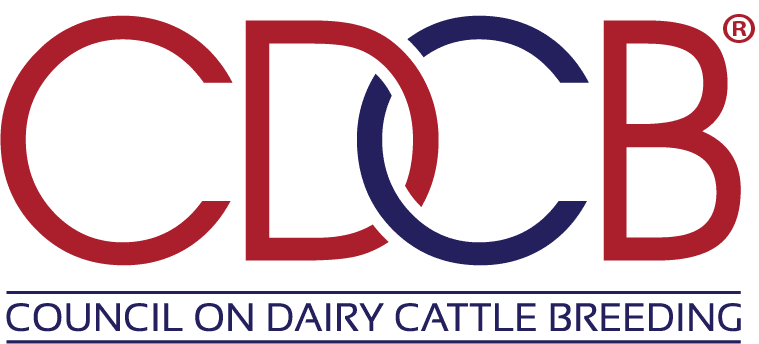The FSAV predicted transmitting ability (PTA) represents the expected pounds of feed saved per lactation based on evaluations for Body Weight Composite (BWC) and Residual Feed Intake (RFI). Evaluations are expressed in pounds of feed saved per lactation above or below the breed average. Larger, positive values are more favorable.
Residual Feed Intake (RFI) is the difference between an animal’s actual feed intake and its expected feed intake based on its size and growth compared to the breed average base.
